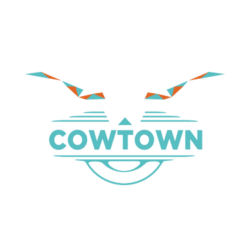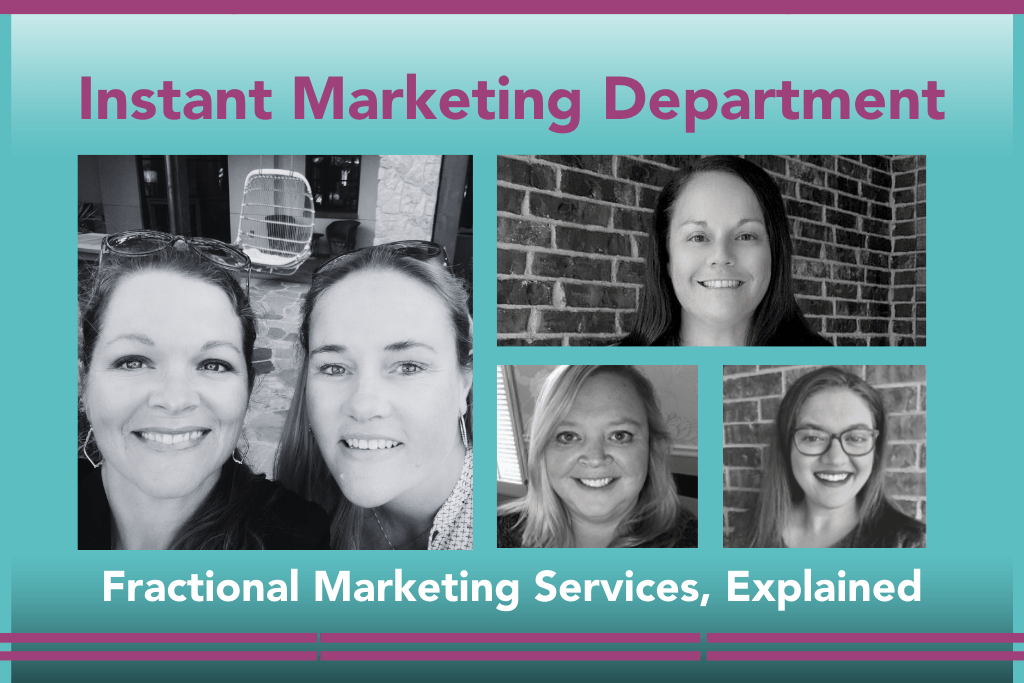Small business marketing doesn’t always involve a healthy budget to address SEO or content strategy. One thing entrepreneurs can do is make a few powerful SEO updates to make it easier for prospective customers to find their business.
Here are a few of our favorite easy SEO fixes that you can implement in a day to improve your site’s search engine rankings considerably, at minimal cost.
Trick No. 1: Address on-page SEO
The back end of your website holds the keys to site accessibility and searchability. Each page on your website needs purposeful meta tags, image ALT text, header tags, and great anchor text for external links. (You do have links to credible external websites, don’t you?)
Trick No. 2: Improve your site’s navigation
An easy-to-navigate website does more for user experience (UX) than you can imagine for small business marketing strategy. Making your site easy for both users and search engine bots to navigate means it will be easier to find and use, and will rank higher as a result.
Assess your navigation menu as if you were a site visitor. Is it easy to find information? Is there a call to action on each page that makes it easy to complete a transaction or contact someone for information? Consider implementing breadcrumbs to help users find their way back to specific pages, updating and simplifying menus for easier navigation, and using sitemaps to help improve your search rankings.
Trick No. 3: Use high-volume search keywords
As you refresh your site, it’s a good time to make sure you’re using specific search keywords on all your pages. Use each keyword only once, and identify which keywords people are using when they’re at the transactional stage of consideration. Consider long-tail keywords as you add more content to capture the attention of prospects who are ready to do business.
SEMrush and Google Keyword Planner are great tools to help you identify valuable keywords for your small business marketing efforts. You can also enter competitor URLs into Keyword Planner and perform a keyword gap analysis to identify any keywords your site isn’t using, but should be.
Ask yourself as you review keywords: are your identified target keywords worth your time? If your competitors’ websites own those keywords with established domain authority, you may need to let them go. It would take too much time and effort to gain any ranking traction going after those specific keywords. But, enter them into your keyword tool or a Google search and look at the autofill options for some long-tail keywords that are intent-based.
Trick No. 4: Clean up dated and broken elements
It’s easy enough to identify broken or low-authority links in your site using a tool like Mozbar. You want to make sure all external links are to credible resources, that they aren’t broken, and that the anchor text you’re linking explains what the user will find at that link. If there’s a more recent or credible link out there than the one that’s currently in your site, change it. Of course, if a link is broken, replace it.
Trick No 5: Audit site speed and enhance load times
A slow-loading site will have a high bounce rate, and search engine algorithms take that into account and push your URL lower in search rankings. Use a tool like PageSpeed Insights to check your site’s load times. You can either manually adjust the file size of slow-loading graphics and photos, or you can add an extension like Smush to your site to help it load faster.
Trick No. 6: Adjust on-page content to reflect what people want
A quick look at your Google Analytics dashboard under Behavior will show you which of your site’s pages get the most traffic. To improve traffic flow throughout your site, take note of the on-page SEO and UX factors that could be contributing to a page’s popularity. Update low-traffic pages to reflect those same elements, and refresh content while you’re at it.
Trick No. 7: Audit and refresh content
Every search engine algorithm loves fresh content. Make it a goal to update something on a page or two each time you’re performing core updates to your site. Weekly fresh content is a great goal for small business marketing purposes, but daily is better. Need blog post topic ideas? Look at what your competitors are writing about, or check out this free blog topics list and create your content calendar.
Remember that the search algorithms look for useful, quality content. Your on-page word count should be at least 300 words, but more is better IF it’s great content. When you find short or outdated blog posts on your site, combine a couple for a better word count, update the keywords and links, and you’ve got an entire page of fresh content to feed the algorithms.
Trick No. 8: Improve your traffic funnel
We consistently see that most website traffic comes from organic search through purposeful Google My Business listing management, and through Facebook organic posts. Promote your most popular pages and new content by posting to both platforms 2-3 times a week, providing links back to your website. Doing this will help improve site visibility, increase traffic, and help the search engines find your site.
Trick No. 9: Develop an off-page SEO strategy
As important as it is for your site to link to credible external sources, it’s equally important to have other sites link to yours. You can do some valuable backlinking through social media posts that receive a lot of engagement (likes, comments, and shares, which improve distribution rates and indirectly improve page ranking), but you also need a strategy to build backlinks.
Research opportunities for guest blog posts on credible, industry-appropriate sites that will allow backlinks to your website. Participate in forum discussions where you can point people to pages on your site that provide quality, actionable information.
Trick No. 10: Deliver excellent customer service
This is an off-page SEO strategy that isn’t as concrete as some of the others listed here, but pays off big for small business marketing. Give your customers an excellent experience on your website, respond quickly to information requests and social media interactions, and follow through with great products or services and troubleshooting or returns. Ask for referrals and Google reviews to keep your off-page, word of mouth small business marketing efforts strong!
Keep your small business marketing strategy fresh
So many of the points above will need updating as search engine algorithms change, and that’s what we do at Cowtown Creative. We stay on top of the latest digital trends and tricks so you don’t have to. We deliver all the services here, and more, to keep our clients’ website rankings high and their lead funnels full. Schedule a free 30-minute consultation to find out more about our SEO and website design services and anything else you need for a small business marketing strategy that pays off for your bottom line.



